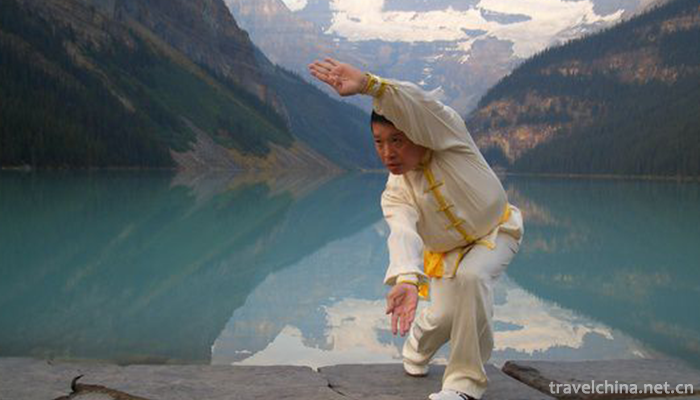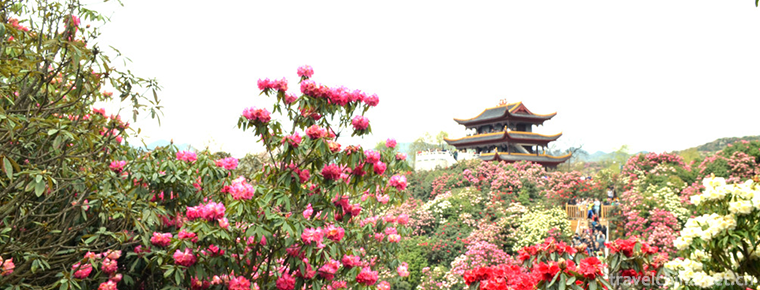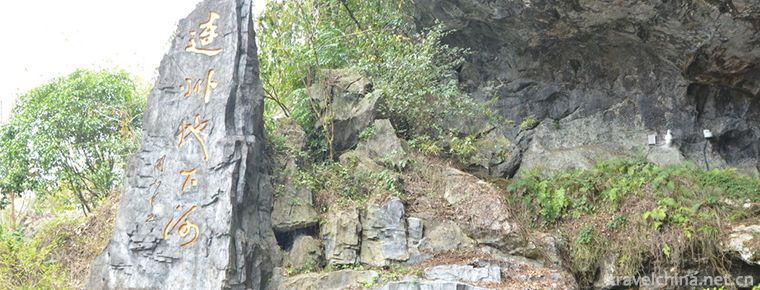2018-12-12

- By ChinaWiki.net
- Chinese Edition
- 2019-06-17
Sun Bin quan
Sun Bin Quan is an ancient and rare traditional boxing in Shandong Province. Its connotation is broad and profound, which was created by Sun Bin, a military strategist in the Spring and Autumn Period and the Warring States Period. But there is no written record.
Sun Bin Quan consists of three hundred and sixty-five hands. They are 32-hand truss, 64-hand truss, 96-hand truss, 173-hand truss (nine sets of eight-way secret biography), Sun Bin Quan practice and Sun Bian's abduction. Because they often use long sleeves to hide their hands, they are also called "long sleeve boxing". It belongs to a wonderful flower in the hundred gardens of traditional Wushu and has a long reputation.
On May 23, 2011, Sun Biquan was listed in the third batch of national intangible cultural heritage list with the approval of the State Council.
Introduction to Wushu
Personal Information
Sun Biquan Guang
A local boxing school in Shandong Province was founded by Sun Bin, a military strategist in the Warring States Period, but there is no written record of it. Because they often use long sleeves to hide their hands, they are also called "long sleeve boxing". At the end of the Qing Dynasty, Yang Mingzhai, a young warrior in Sun Bin's hometown, learned from the handlebar style of Sun Bin Quan. Yang Zeng teaches at Shandong Wushu Institute. He taught boxing in Qingdao in the early 1920s and then in Qingdao National Academy until 1936. He took Sun Biquan as one of the main teaching contents and spread it to Qingdao. Sun Biquan has its own theoretical system. Crouching, walking and limping are its most prominent characteristics. He can not walk straight when he goes out of his fist. He can straighten out in his tune. It seems that he deviates from it, but his hit point is so accurate. This theory of curve punching is characterized by the absence of manoeuvre and aggressive steering, which is most likely to cause the opponent to have an illusion. Sun Biquan is now mainly spread in Qingdao and Zibo (Zibo traditional Sun Biquan was handed down by Master Gao Zuolin) and Jinan.
Sun Biquan, also known as "Wuzi Quan", is said to have been handed down by Shide, a native of Yebei in Laizhou, Shandong Province, during the period of Tongzhi in the Qing Dynasty. Shi Dezhong-yi, known as Yiweng, lived a lifetime of prudence and rigorous choice of apprentices. Although he had many sons and grandchildren, he only chose one of his sons, Shi Renfang, to inherit. At the same time, he received a man and a daughter, who were all good friends, and then became apprentices. Male Luan and daughter Yu Xiulian (later renamed as daughter-in-law after Xian's assistance). From then on, Shi's family followed the rules and passed them on until the liberation and founding of the People's Republic of China. Luan Ergong was born in Yebei, Laizhou Prefecture, Shandong Province. He had never married for a lifetime. Luan Bingxin, his cousin, was loyal and loyal. He spent many years traveling outside to catch up with his nephew. In order to defend himself, he taught his nephew everything he learned. In addition, his nephew accepted Zhang Haochun and Zhang Haochun brothers from Zhangjialou, Shandong Province and Donga County as apprentices (both of them were car drivers), one of whom accepted Yang Tingdong, Yanggu County, Shandong Province as apprentices. Yang Tingdong, who took over from Han Kuisheng (who died) in Qingdao in 1926, changed his name to Yang Mingzhai and taught Sun Biquan. In November 1934, the new "Qingdao National Art Museum" was built on No. 1 Guangdong Road. Yang Mingzhai served as the curricula director of the second course. Yang broke the rules and accepted disciples to teach art in Qingdao. Since then, Sun Biquan has spread among the people in Qingdao. Because Yang Mingzhai participated in the anti-Japanese war and left the Qing Dynasty for a short time. In order to promote the progress of Professor Sun Biquan, Yang adopted teaching "big frame" instead of "small frame" among many disciples, and "big frame" instead of "big frame", so most disciples have the opportunity to systematically learn and practice Sun Biquan. Because at that time the teaching of art was limited to the way of "teaching by example, dictating and understanding", it was regrettable to fail to leave a description of the relevant literary aspects. Attachment: Liu Shensi, Tan Huipeng, ten disciples of Yang Mingzhai Diyi, made great contributions to Wang Maozhen, Liu Wenbing, Zhu Zhengsen, Du Yulan, Zhang Wende, Xu Ziliang, Luan Xiuyun (female) and many of his ten disciples are ancient. I heard that Mr. Gao Zuolin is still alive. Luan Xiuyun is renamed Luan Suzhen in Beijing, and Gaoling is 92 years old if he is still alive. Yang Junshao is well-known Tingyue, brother of Yang Mingzhai, who worked in Xiaoyang Road Primary School in Qingdao in the 1950s and 1960s and left Qingdao during the Cultural Revolution. In the 1920s and 1930s, he was well-known for many kinds of long and short boxing instruments. He was a generation of martial arts master, but he could not master Sun Bian Quan. Yang Qingzhang, son of Yang Mingzhai, lived in Ganshiqiao, Jinan, in July 69. He had several contacts with Yang Qingzhang at the appointment of Yang Junshao. Unfortunately, he had not learned Wushu. Yang Qingxian (the son of Yang Junshao) and Gao Fangxian (the righteous son of Yang Junshao) are all disciples of Yang Mingzhai. They are all in Taiwan and are now ancient. Zhang Wende, Yang Mingzhai's immediate disciple, is good at "fighting" and "wrestling". Now he is 93 years old. He worked silently for the teaching of Sun Bian's boxing method all his life. It is a pity that most of his disciples don't know his surname, so it's not convenient to log in. Fu Zhiwen, a proud disciple of Zhang Wendeyi. Since childhood, he has practiced martial arts and loved Chinese traditional martial arts. He is good at fighting. In order to inherit the wishes of his predecessors, he has continued to carry forward Sun Bin's boxing.
On Sun Biquan
Sun Biquan, an inherently excellent type of boxing, was introduced to the area of A Town, Yanggu County, Shandong Province more than a hundred years ago. Although it is called "Sun Biquan", it is impossible to verify whether it was created and handed down by Sun Bin. Sun Bin was a strategist in the Warring States Period and also a great strategist at that time. Before Sun Bin, Sun Wu was a Qi person in the late Spring and Autumn Period and an authoritative military scientist known to all in China. His so-called authority was not only authoritative in his time, but also in the whole history of China, even in the history of Military Science in the whole world, it also had a very high position. Generally, he was called Sun Tzu. There are thirteen articles on Sun Tzu's art of war, which is the highest achievement in military science.

Ask a Question
Your email address will not be published.



0 Questions